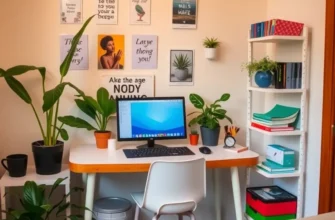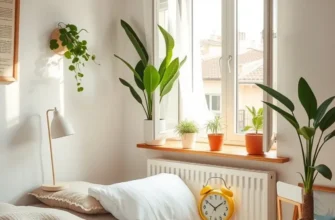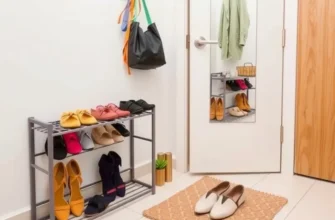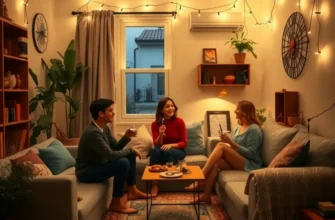Living in a small apartment can feel like an eternal game of Jenga—one wrong move and it all topples down! Whether you’re a young renter, roommate, couple, or family in the U.S., creating a cozy, harmonious living space is essential for stress-free apartment life. But fret not, you don’t have to conjure magic spells or speak to the spirits of your ancestors to improve your apartment vibes. Enter Feng Shui: the ancient Chinese practice of arranging your space to enhance wellbeing, balance, and flow. In this guide, you’ll learn simple, practical tips that won’t require you to ditch your latte budget altogether. Let’s dive into the world of Feng Shui and find ways to make every square foot feel like home—without the usual stress of downsizing.
Clutter Be Gone: The Magic of Decluttering
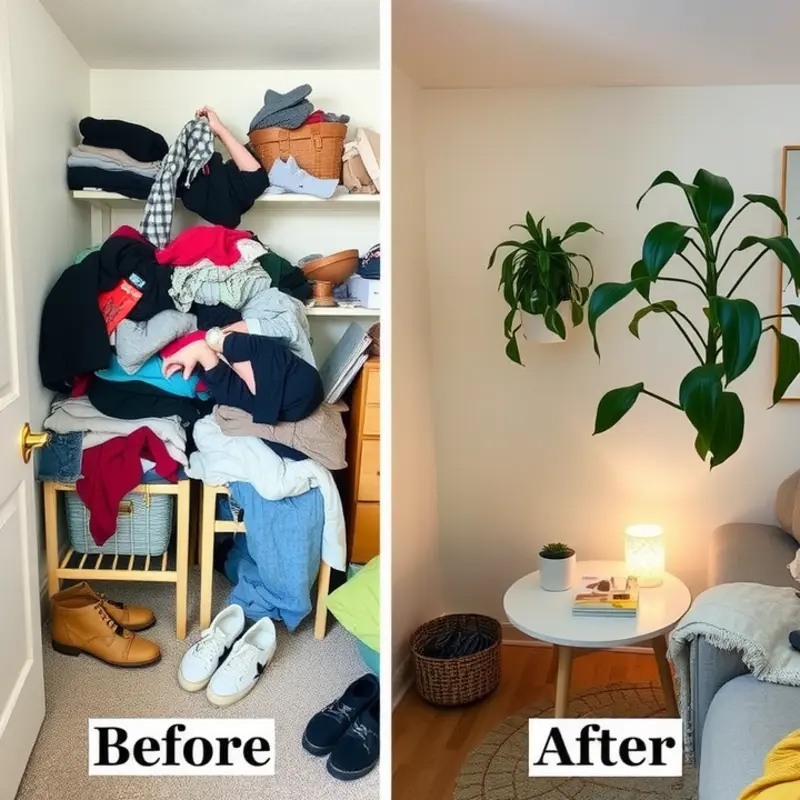
Embracing decluttering is a transformative step towards creating a sanctuary of calm in your apartment. In compact living spaces, every item you own must serve a purpose or bring you joy. Whether you’re a student, young professional, or part of a bustling family, decluttering can enhance energy flow and make your small living space feel expansive.
Imagine walking into a room with scattered newspapers, clothes draped over furniture, and kitchen gadgets strewn about. The visual noise slows energy flow, affecting mood and harmony. Decluttering clears these obstacles, promoting clarity and tranquility.
To start, commit to a small decluttering session. Allocate a set time, like 15 minutes a day, to maintain motivation without feeling overwhelmed. Begin with one area: a kitchen drawer, the closet, or a bookcase.
Sort through each item quickly, creating three categories: keep, donate, and discard. Be honest about what you truly need and love. If you haven’t used something in the last year, consider its absence a cue to let it go.
The closet is a prime candidate for a clutter cleanse. Shift seasonal clothing to lesser-used spaces, like under-bed storage. Create habit-forming conditions by consistently placing things back in their designated spots. For example, a shelf for shoes can deter them from wandering to various corners of the apartment.
For families, involve everyone in the process. Make decluttering a playful activity with light-hearted touch. Assign tasks and celebrate the progress together. Transform unneeded items into donations to foster a sense of giving back.
In shared spaces, define areas for each family member to prevent collective chaos. Clearly mark what belongs where, making it easier for everyone to participate in maintaining order.
Optimize kitchen organization by decluttering counters. Reserve them for essentials only. Consider storing less frequently used appliances in accessible cabinets. Explore renter-friendly bookcase hacks that offer attractive, practical storage solutions while complementing your apartment’s style.
Remember, decluttering is an ongoing practice, not a one-time event. Incorporate seasonal evaluations to keep your space from reverting to clutter. As seasons change, so do your needs. Reassess and adjust storage tactics accordingly.
Decluttering isn’t about deprivation; it’s about creating an environment where positive energy thrives. Enjoy the newfound serenity in your curated living space, embodying Feng Shui principles effortlessly.
Layout Like a Pro: Arranging for Positive Energy
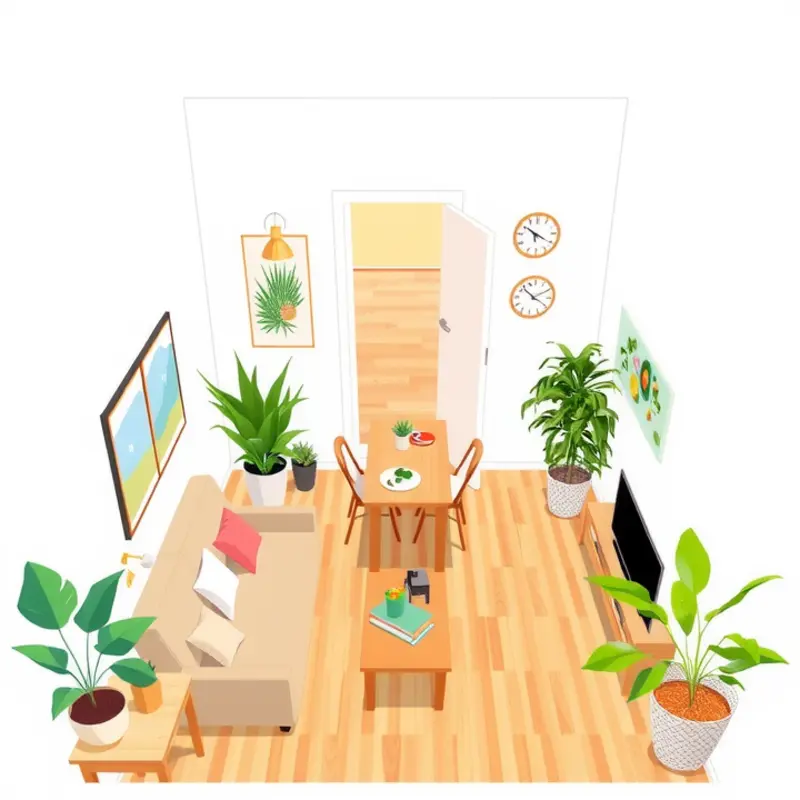
Maximizing the flow of positive energy in your apartment begins with understanding how physical arrangement can impact its overall vibe. By thoughtfully placing furniture and decor, you can create spaces that not only look good but feel harmonious. Here’s how to optimize layouts, whether you live alone, with a partner, roommates, or family.
1. Establish the Chi Flow
Chi, the life force energy, should be able to flow effortlessly throughout your apartment. Begin by ensuring your main entrance is welcoming and free of clutter, as this sets the tone for how energy circulates in your home. If your hallway tends to be a repository for shoes and mail, consider reviewing some tips for keeping it tidy and inviting, such as those in apartment hallway decor.
2. Functional Spaces for Couples
For couples, the bedroom often serves as the sanctuary. Position the bed against a solid wall away from the door, which is considered a commanding position, allowing you to see who enters the room. Balance is crucial here—ensure both partners have equal access to either side of the bed, a symbol of equality in the relationship. Nightstands should reflect this balance. Use plush textiles to soften the space and introduce natural elements to the decor for an enhanced sense of peace and togetherness.
3. Coordinated Living for Roommates
Roommates may seek to carve out their personal space while maintaining common areas for social interaction. Define each roommate’s territory by thoughtfully arranging furniture. Bookcases or screens can function as dividers, offering privacy without closing off energy flow. In shared areas like the living room, arrange furniture in a way that encourages conversation. Sofas and chairs should form a circle or semi-circle, avoiding arrangements where pieces directly oppose each other, which can create confrontational energy.
4. Versatile Zones for Families
Families should focus on multifunctional spaces that cater to the needs of all members. In the living room, opt for furnishings that offer both comfort and flexibility, like modular sofas that can be rearranged for various activities. Rooms should serve multiple functions; the dining area can double up as a workstation or activity zone for kids. Consider a round dining table to enhance interaction and accommodate more people comfortably. Keep storage solutions smart and discreet to avoid clutter, which can stagnate energy.
5. Specific Zones and Elements
In all setups, incorporating elements like mirrors can strategically enhance natural light, amplifying energy. Be mindful of their placement, avoiding hanging them directly across from the front door to prevent energy from bouncing straight back out. Natural materials are encouraged in Feng Shui; consider wooden furniture for strength and stability. Indoor plants not only purify the air but also add a lively, natural element to any room, promoting a nurturing and balanced environment.
Optimizing your apartment layout for positive energy doesn’t merely enhance the aesthetic—it transforms your home into a supportive and vibrant space. Consider the unique needs and personalities of its inhabitants to create an environment brimming with harmony and joy.
Final words
Creating a harmonious environment in a small apartment is about more than slapping on a fresh coat of paint or adding new throw pillows—it’s about understanding the layout and allowing energy to flow freely. Whether you’re tackling the clutter monster or rethinking how you arrange your living space, remember that small changes can indeed make a BIG difference. So, navigate through life in your apartment with intention, joy, and maybe just a hint of feng shui magic. Now, go on and embrace your tiny living space with these new tricks up your sleeve.


